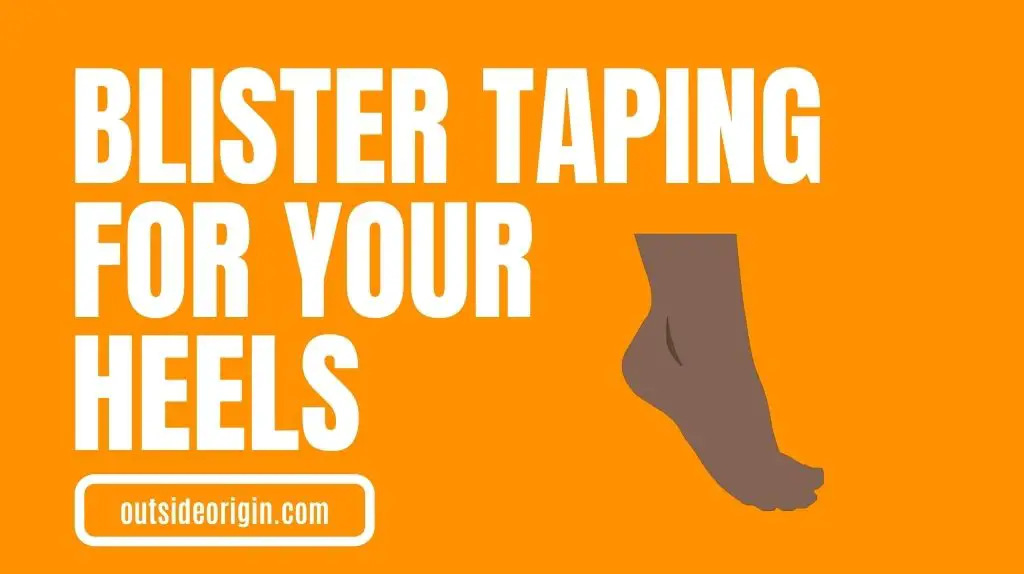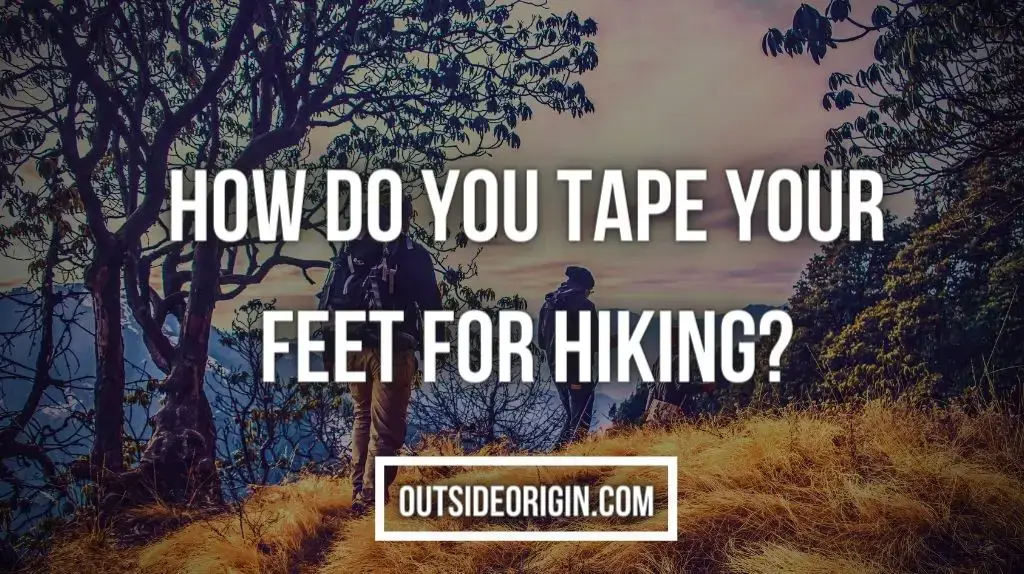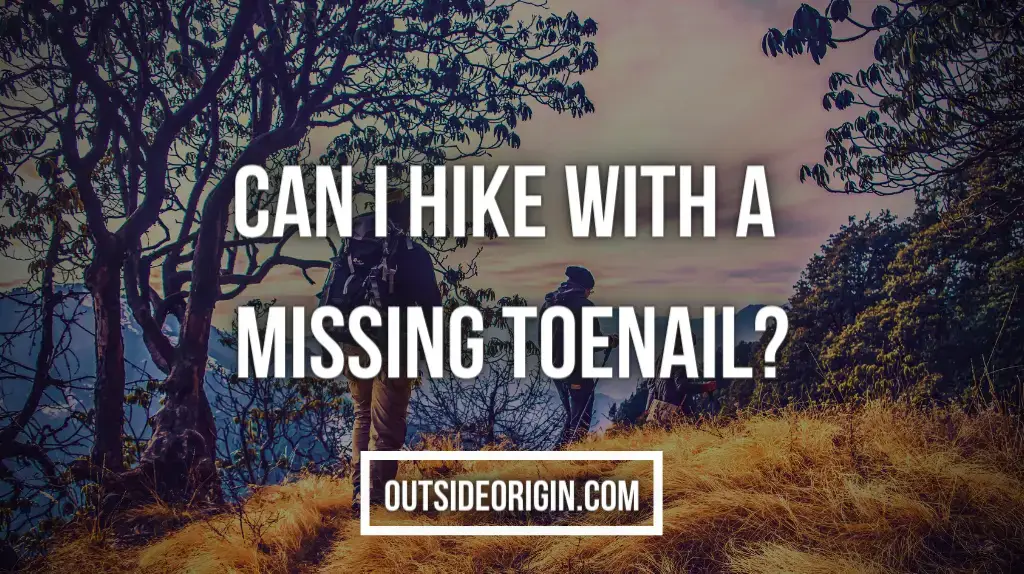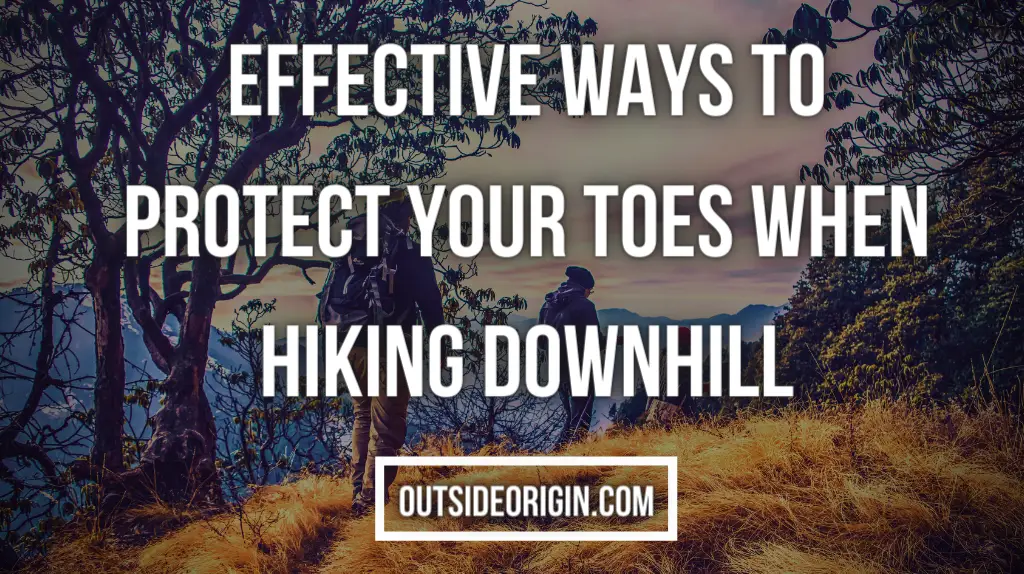Placing tape over the problematic region can be quite helpful for people who are prone to blisters (narrow heels sliding in boots or toe rub). If your heels are rubbing, apply a ten-inch length of one-inch or wider tape.
Blister taping for your toes
You’ll need two pieces of tape, one slightly wider than the other, to tape any of your toes.
The narrower one is worn over the toe. The broader one wraps around the toe.
Because your toes may most likely swell a little on your trip due to how much you’re on your feet, don’t put any strain on the tape; simply lay it on.
Blister taping for the ball of your foot
For the ball of your foot, you’ll need two pieces of tape, each somewhat longer than the breadth of your forefoot. The ends should terminate just a little over the top of the foot. It’s also a good idea to round the corners here.
You’ll start with the component that’ll be closest to your toes. Cut it to match the form of that portion of your foot.
After that, make two strategic slits in the tape to keep it from creasing.
Last but not least, attach the lower piece. The edges are less prone to snag and roll back if the ends terminate a bit higher on the top of the foot.
Blister taping for your heels

For your heel, you’ll need three pieces of tape: two long ones and one very short one. Put the short one on first, precisely where your heel curves. There’s no need to round the edges; just make sure it doesn’t fold. Then, overlapping the tiny piece, use one of your longer pieces to cover the bottom of your heel. Then repeat, but this time cover the back of your heel.
When putting your socks on, be cautious, as with any taping. The last thing you want is for your tape to snag on an edge and roll back. Instead of avoiding blisters, these lumpy parts may cause them.
Taping, a great blister prevention skill
When you’re out on the trails, knowing how to tape is a terrific skill to have. Even if you don’t employ these techniques to preserve your own feet, you’ll be able to help someone else walk more easily. It’s not the be-all and end-all when it comes to blister prevention, but it’s an excellent place to start. Taping is all that is required for a large number of individuals. So, practise and master your tape skills to get the most out of this beneficial blister prevention tactic.
Limitations of tape
Many people manage to avoid blisters by taping their blister-prone regions. That’s why tape is advised at first. Those of us who are more prone to blisters, on the other hand, still develop blisters despite the tape. This is why:
Cotton is used in several medicinal tapes. Cotton is well-known as a material to avoid due to its hydrophilic properties, which means it draws moisture. Moisture raises friction levels, which is a no-no when it comes to blister prevention.
Blisters aren’t a “wear” injury, as many people believe. It’s not like your skin is constantly touched and this wears through to the deeper layers of your skin. If that were the case, cassettes would solve the problem since the tape would have to be worn out first.
Furthermore, blisters are not the same as a burn. It’s not like your skin is massaged so hard that it warms up to the point of causing a second-degree burn (the kind that causes blisters).
Blisters begin as a rip under the skin’s surface, which is created by the skin being stretched back and forth repeatedly while you walk.
When the injured region fills up with fluid, the skin bubbles up (the blister roof) and you have a blister.
I highly recommend you check out my guide on how to protect your toes while hiking here.
Can You Do Me A Small Favor?
I have put a lot of time & effort into writing this post to provide you with the best info out there.
It’ll help me out if you could consider sharing it on your social media networks. You are also allowed to take any photo you want from my blog as long as you credit and link back!
Appreciate it! ❤️️

Hey, I am the founder of Outside Origin! I love hiking in my spare time and have gone to various different hikes. You can check out our about us section to learn more about what our team and I do over at Outside Origin.




